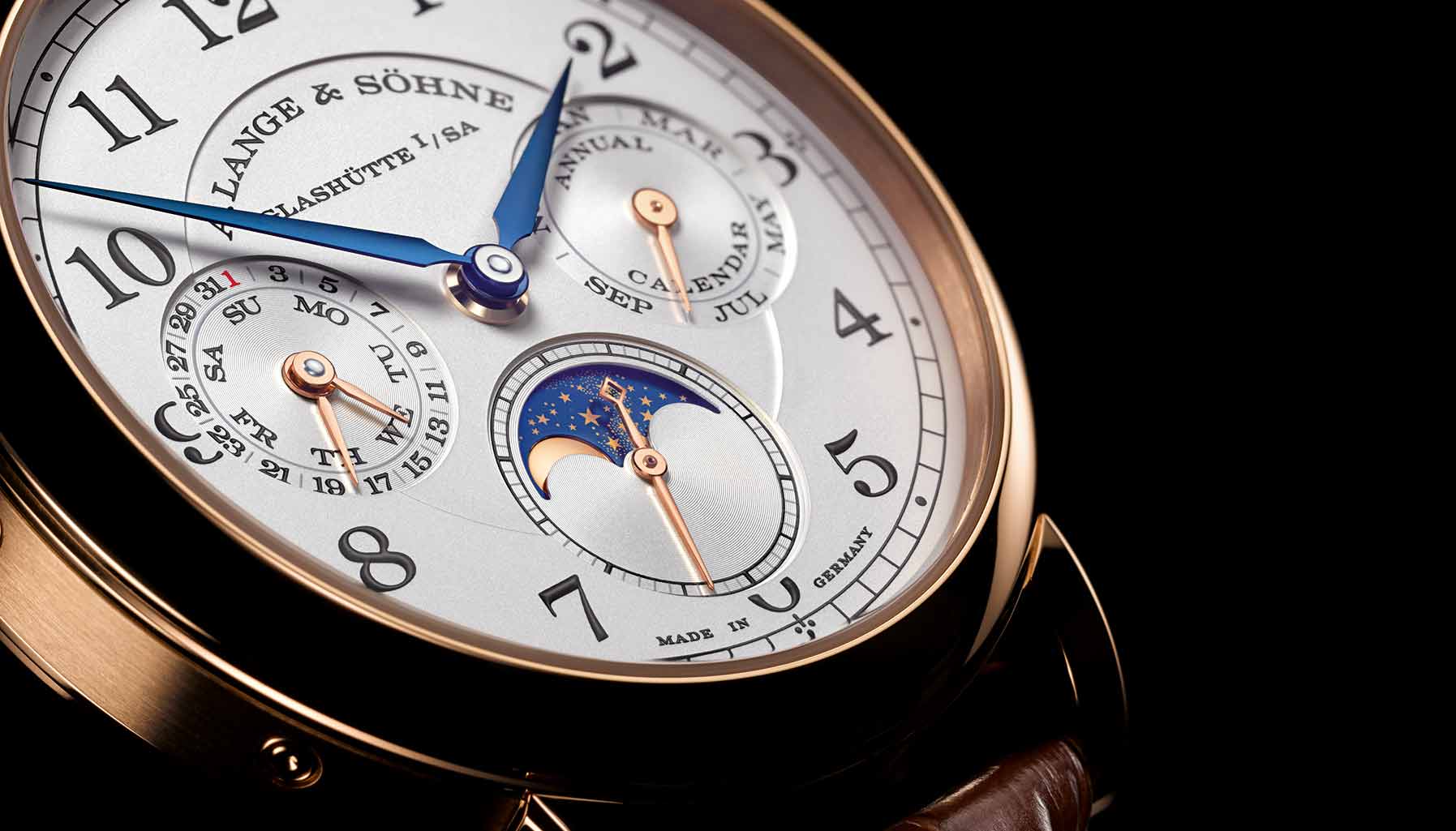These five watches make quite the work of art with its technical capabilities

Audemars Piguet Royal Oak Concept Flying Tourbillon Gmt
The first Audemars Piguet watch with a flying tourbillon, this futuristic number is high-tech on the inside as well as out. Its sandblasted titanium case has a gently curved profile and faceted angles plus a vertically brushed black ceramic bezel completed with the Audemars Piguet signature hexagonal screws.
Proffering 237 hours of power reserve and a 3Hz frequency (21,600vph), the movement consists of sandblasted black titanium bridges highlighted by pink gold-toned polished angles. Calibre 2954’s stunning architecture occupies 9.9mm in height and features an HNR function selection indicator styled as a disc. The Audemars Piguet Royal Oak Concept Flying Tourbillon GMT is a hefty timepiece but when you’re wearing an alpha male watch like this one, subtlety is the last thing on your mind.

Ulysse Nardin Freak Vision
It’s been 17 years since Ulysse Nardin introduced Freak and this watch is still as freaky as ever. This year’s rendition, named Freak Vision, is the first in the collection to be made with a self-winding movement. Ulysse Nardin premiered the concept in its 2017 concept watch, Freak Innovision 2.
Because Freak doesn’t have a crown, its mainspring is made to be wound by the bezel. The self-winding version uses the patented Grinder Automatic Winding System that comprises a frame containing four arms, each of which flexes in tune with the wearer’s wrist movements. Each time the arms flex, they wind the mainspring – according to Ulysse Nardin, it’s like having four pedals on a bike instead of two. Also, it is regulated by the in-house manufactured Ulysse Nardin Anchor Escapement also based on the principle of flexible mechanisms, as it exploits the elasticity of flat springs. This is a constant force escapement made entirely of silicon and has a circular frame with a pallet fork that moves without friction.
This high-tech Freak might even appeal to watch nerds as much as sailing enthusiasts as its movement design comes from a boat’s hull, linking it inexorably back to Ulysse Nardin’s strong maritime heritage.

Piaget Altiplano Ultimate 910p
Remember the mind-bendingly thin Piaget Calibre 900P? It was the one that fused the bezel with the case, and then the case with the movement, so everything was just movement and sapphire crystal.
Currently the thinnest manual-winding watch in the world, it is just 3.65mm thin and now it is joined by the world’s thinnest automatic watch, the Calibre 910P. The new ultra-thin model sits a little higher at 4.3mm and is slightly wider at 41mm instead of 38mm, but it brings something new to the table: a peripheral oscillating weight.
Barely thicker than the leather strap it’s fitted on, the Altiplano Ultimate 910P’s case doubles up as the main plate and all 219 components are assembled within those minute confines. Some of its gear wheels measure just 0.12mm thick where ordinary ones can go up to 0.20mm.
In addition the barrel is suspended by a single bridge on the dial side unlike customary barrels which are also fixed on the main plate, and it gets its 50-hour power reserve from the 22k gold black PVD coated peripheral oscillating weight. An impressive feat, no doubt.

A Lange & Sohne 1815 Homage To Walter Lange
It was one of the four timepieces we were looking forward to view during SIHH 2018, and it certainly didn’t disappoint. Definitely one of the most esoteric creations by the German watch manufacture in a long time, the 1815 Homage to Walter Lange comes with not one but two seconds hands.
According to A Lange & Sohne’s technical director Anthony de Haas, the idea for this watch originated from its fourth generation company founder, Walter Lange, who passed away in 2017. Lange had always been drawn to the jumping seconds complication, in particular, the one patented by his great-grandfather FA Lange in 1867.
The 1815 Homage to Walter Lange operates on the same principle as Lange’s invention, scaled down to wristwatch proportions, which must have been a huge challenge for the watchmakers. Skipping one second at a time, the central seconds hand may be started and stopped by the two o’clock pusher thus functioning as a simple timekeeper while the running seconds at the six o’clock sub-dial tracks its own steady passage. This 40.5mm watch has a new movement Calibre L1924 in reference to Walter Lange’s birth year.

Girard-Perregaux Minute Repeater Tri-Axial Tourbillon
A modern interpretation of two favourite classical complications, the Minute Repeater Tri-Axial Tourbillon also keeps things interesting with a triple axis tourbillon as opposed to the standard bridged variety. Literally providing song and dance, the chimes of the repeater are met with the mesmerising rotations of the tourbillon as it completes one full turn every two minutes for the outermost carriage, one minute for the next and finally 30 seconds for the innermost one.
Everything that enables the watch to chime the time can be seen from the front as Girard-Perregaux has dispensed with a conventional dial. Its generous 48mm titanium case allows for maximum acoustics, as do the two box-type sapphire crystals on front and back, machined with a bevel and glare-proofed for perfect clarity. Activate the chimes through the sliding lever on the side of the case and listen to the time in hours, quarters and minutes. Loud, clear and bright, the strikes also follow a steady cadence although they could reverberate a little longer, which could be the difference between a prototype and a finished piece.






